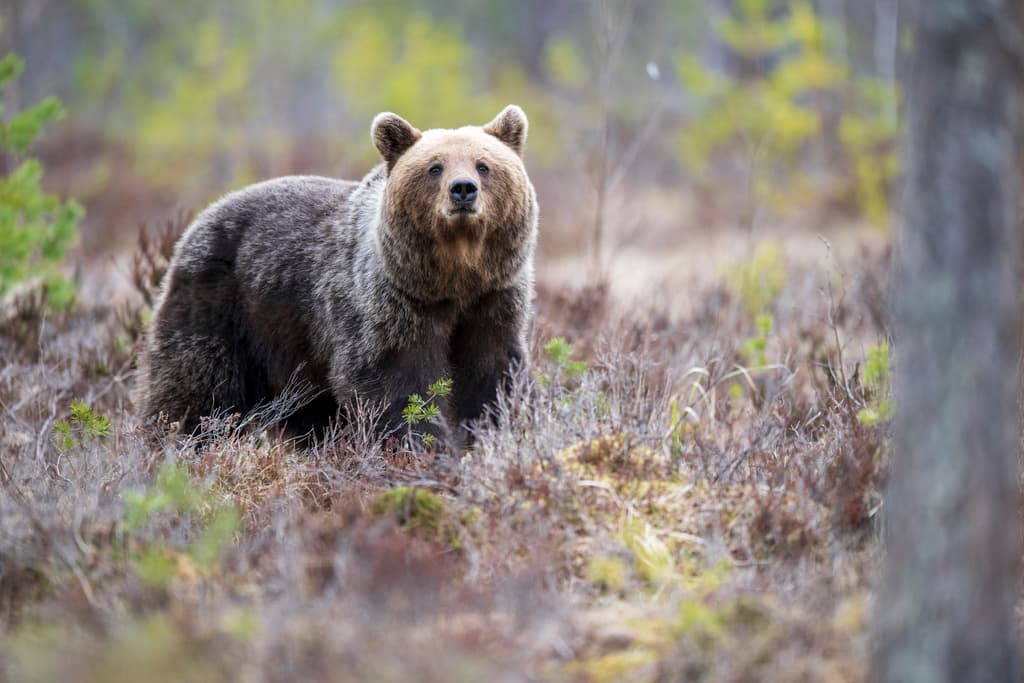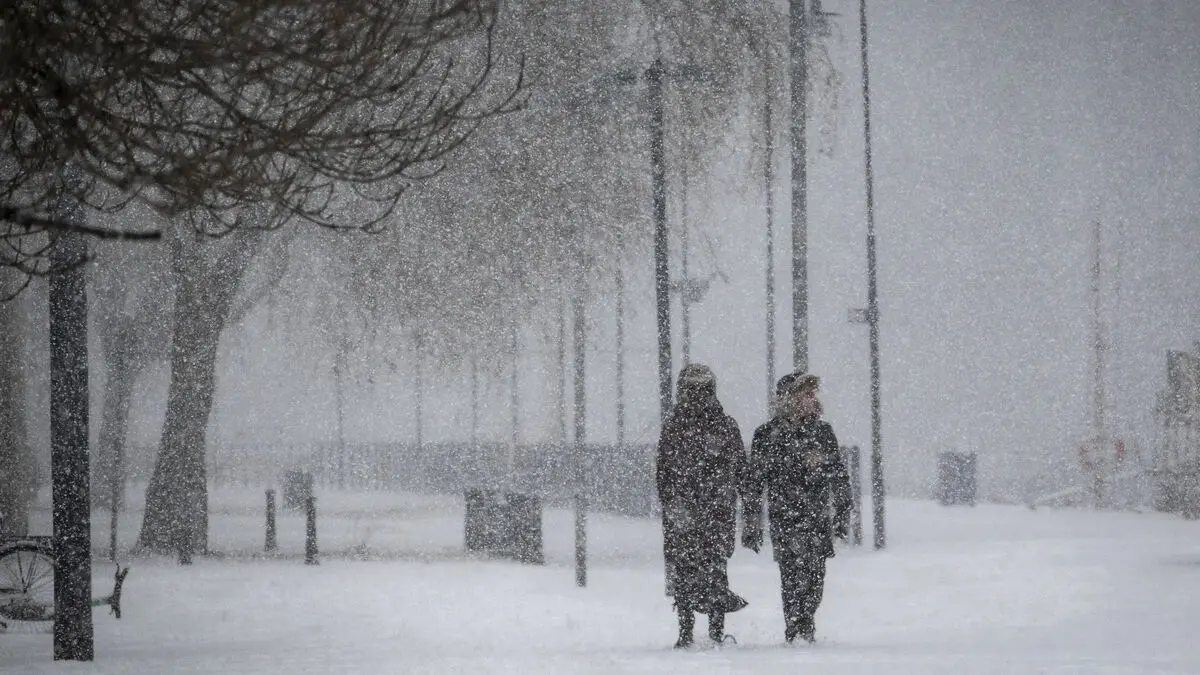2,000 bear droppings.
This is how many the County Administrative Board in Västerbotten hopes to receive when they now urge the public to collect bear faeces.
The droppings should be sent to the County Administrative Board and then forwarded to Stockholm for analysis, writes Västerbottens-Kuriren. The goal is to get a comprehensive picture of the size of the bear population in the county, where the animals move and how they are doing.
The more samples we get, the better. With a large county and a relatively sparse distribution of bears, it's essential that hunters and the public also send in faeces, says Jonas Gustafsson, predator handler at the County Administrative Board in Västerbotten, to the newspaper.
The County Administrative Board provides kits for collection, but it's also okay to put the faeces in a plastic bag or a clean container that can be stored in the freezer until it's sent in. So how do you recognize bear faeces?
A typical bear dropping contains a lot of blueberries, especially in the autumn. And it's often a fairly large pile, says Gustafsson.
The inventory takes place from August 21 to October 31 and is a collaboration between the County Administrative Board in Västerbotten, the Hunters' Association, the Swedish University of Agricultural Sciences in Umeå, the Natural History Museum, the Environmental Protection Agency, and the Scandinavian Bear Project.





